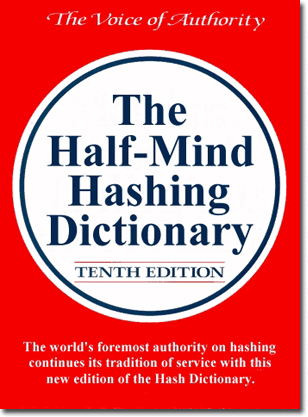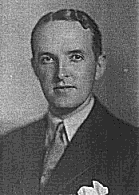So, what are the
HASH HOUSE HARRIERS?
The Hash House Harriers (abbreviated to HHH, H3, or referred to simply as hashing) is an international group of non-competitive running social clubs. An event organized by a club is known as a hash or hash run, with participants calling themselves hashers or hares and hounds.
The HHH is a decentralized organization with each chapter (called a Kennel) individually managed with no uniting organizational hierarchy (although the locations of national and international gatherings are decided by a meeting involving representatives from a number of hashes).
A kennel’s management is typically known as the MisManagement and consists of individuals with various duties and titles. There are more than 2,000 kennels spanning all seven continents. Most major cities are home to at least one chapter. Kennels typically contain 20-100 members, usually mixed-sex and some metropolitan area Hashes can draw more than 1,000 hashers to an event.
The objectives of the Hash House Harriers as recorded on the club registration card dated 1950:
With such admirable goals, the group began to attract new members and, as members moved on, they exported the hashing concept with them, launching new groups worldwide. The expansion started in Singapore in 1962 and spread across Southeast Asia to Australia, Europe and the United States. Several hashes have even been established in the sub-zero wilds of Antarctica.
All hashers defend the chauvinist norms on the grounds that reflect long-cherished traditions, but while loyalty to tradition can be charming, it may be time for the hash to recognize that some of the practices have had their day. Although the Hash remains popular, some clubs struggle to attract younger members who might be put off by the less-than-PC culture.
Which is a real pity, because in our era of “fitspo” gym bunnies we could learn a lot from the noncompetitive, social ideals of the Hash. Sometimes exercise should just be about having fun, and nothing says fun like instantly replenishing your spent calories by sharing a few beers with friends.

ANCIENT HARRIERS
Hash House Harrier roots extend back to the old English schoolboy game of “Hares and Hounds,” in which some players, called “hounds,” chase others, called “hares,” who have left a trail of paper scraps along their route across fields, hedges, streams, bogs, and hills. One of the earliest Hares and Hounds events on record was the “Crick Run” at Rugby School in Warwickshire, England, first held in 1837.
Hare and Hounds as an adult sport began in the fall of 1867 with a group of London oarsmen who wanted to keep fit during the winter. Also called “Paper Chasing” or the “Paper Chase,” the game became very popular after its introduction on Wimbledon Common in 1868 by the Thames Hare and Hounds. Early clubs called themselves “Hare and Hounds” or simply “Harriers.”
THE HASH IS BORN
To begin at the beginning, as they say in all the best yarns, one should go back to 1938 in Kuala Lumpur in what is now Malaysia when a group of ex-patriates associated with the rubber plantations started a modified paper chase or “hare and hounds” in order to work up a decent thirst before retiring to the Selangor Club.
Apart from the excitement of chasing the hare and finding the trail, harriers reaching the end of the trail would partake of beer, ginger beer and cigarettes.
The first run was held in in December 1938 and the founding members included Albert Stephen (A.S.) Ignatius “G” Gispert, Cecil Lee, Frederick “Horse” Thomson, Ronald “Torch” Bennett and John Woodrow.
The group’s name came about primarily because local authorities required legal registration of the club. While the “Kuala Lumpur Harriers” would have appeared a logical choice, “G” decided instead to use the nickname for the Selangor Club where a number of the local harriers both lived and took their meals. It seems that due to its lackluster food, the dining room was commonly referred to as the “Hash House.”
Hashing died out during World War II shortly after the Invasion of Malaya, but was restarted in 1946 after the war by several of the original group, besides A. S. Gispert, who was killed on 11 February 1942 in the Japanese invasion of Singapore, an event commemorated by many chapters by an annual Gispert Memorial Run.

MODERN HASH HOUSE HARRIERS
Hashing in Kuala Lumpur was suspended during the World War II occupation by Japanese forces, but then reestablished after peace returned. It wasn’t long before the hash began slowly spreading around the world. Former members of the original Hash House Harriers started a hash in 1947 near Milan, Italy, but it wasn’t until 1962 that the next group was formed in Singapore. The Singapore Hash was gradually followed by others until in 1973 there were approximately 35 hashes in 14 countries.
Subsequently, the hash began spreading like wildfire and the number of kenels soon climbed into the hundreds by the early 1980s and nearly 1,700 at the end of 90’s. Nowadays we cannot tell numbers with exactitude but certainly we know that there are kennels in almost every single country of the world, in all continents, even two organized chapters operating in Antarctica.



